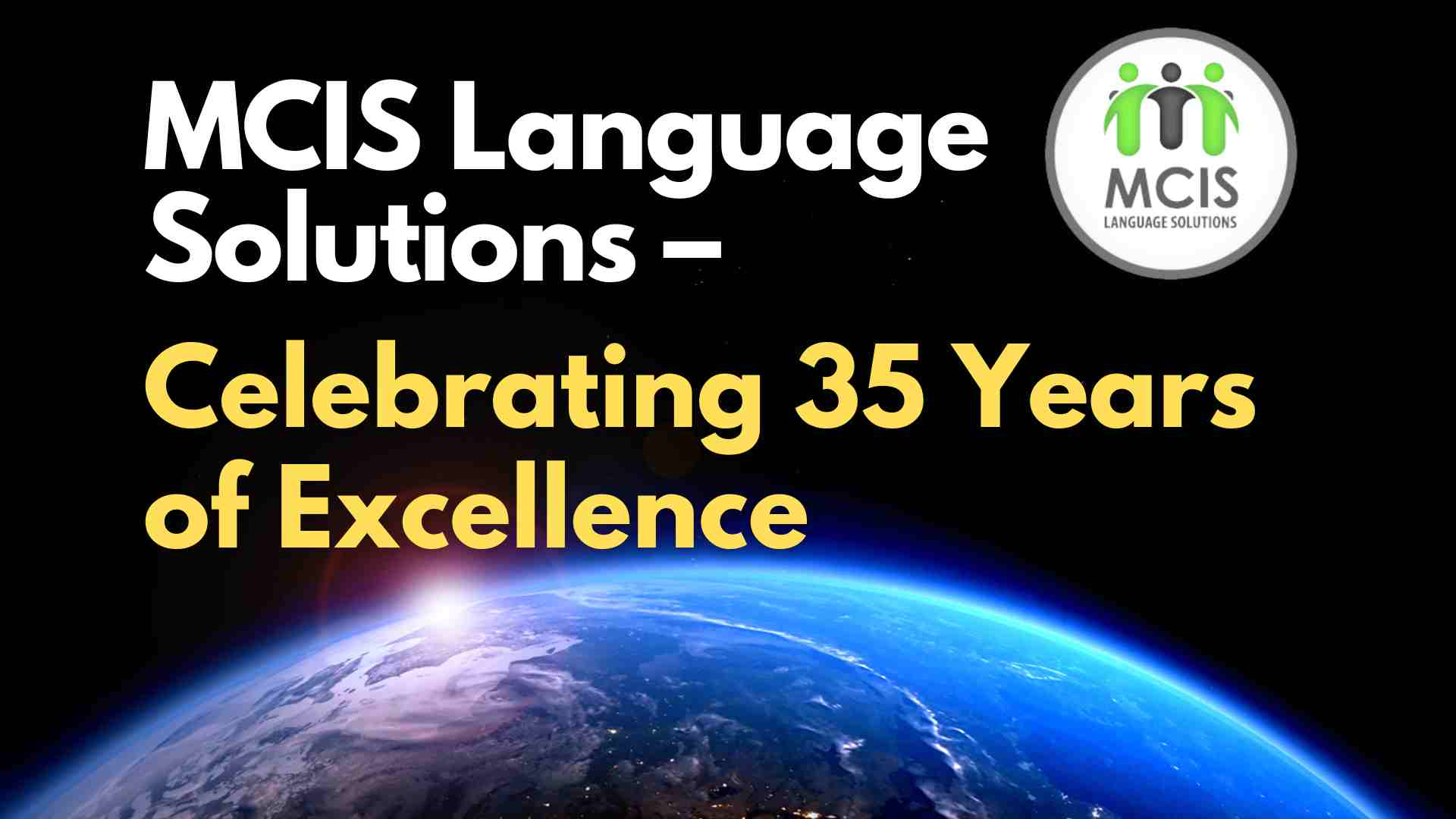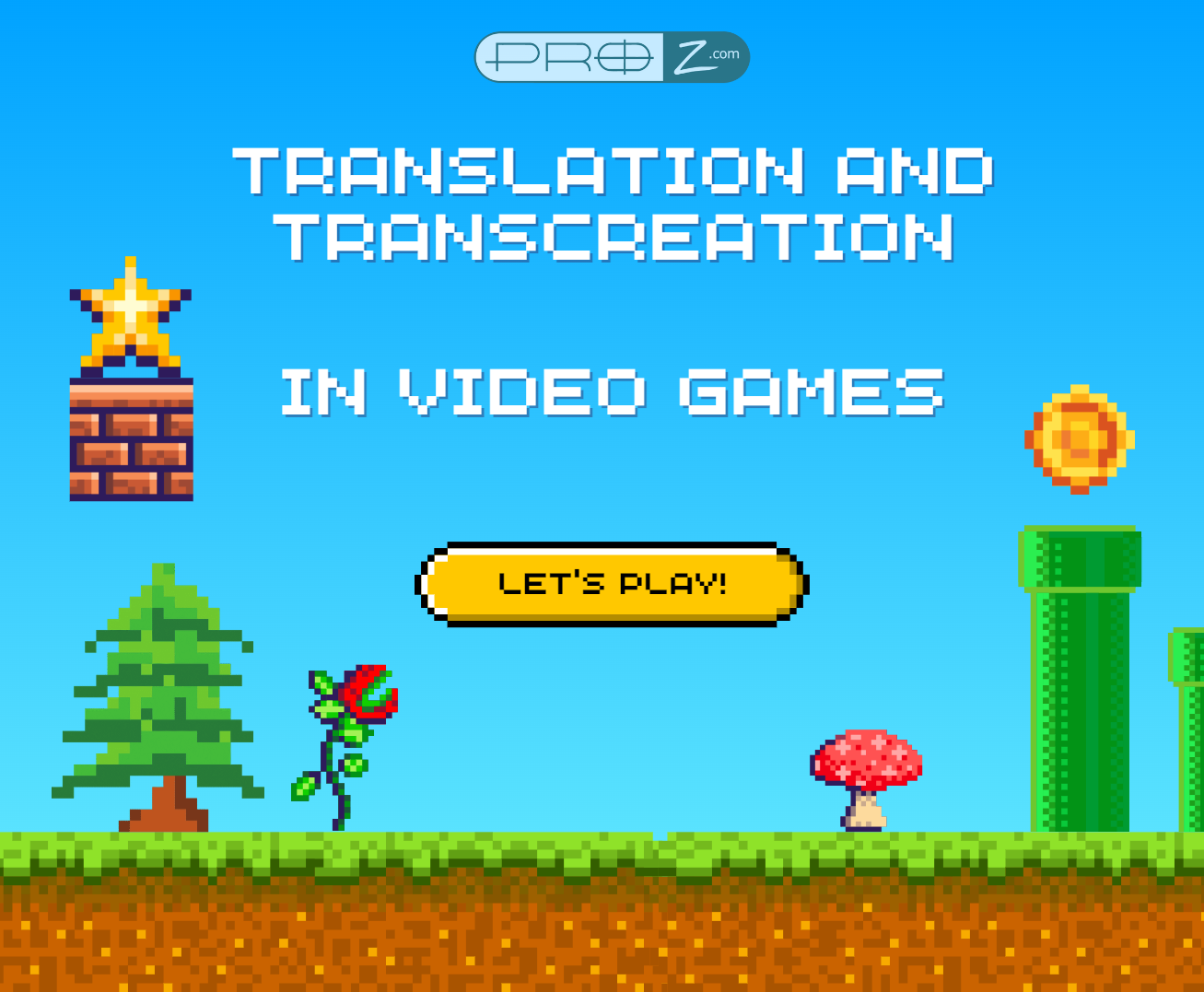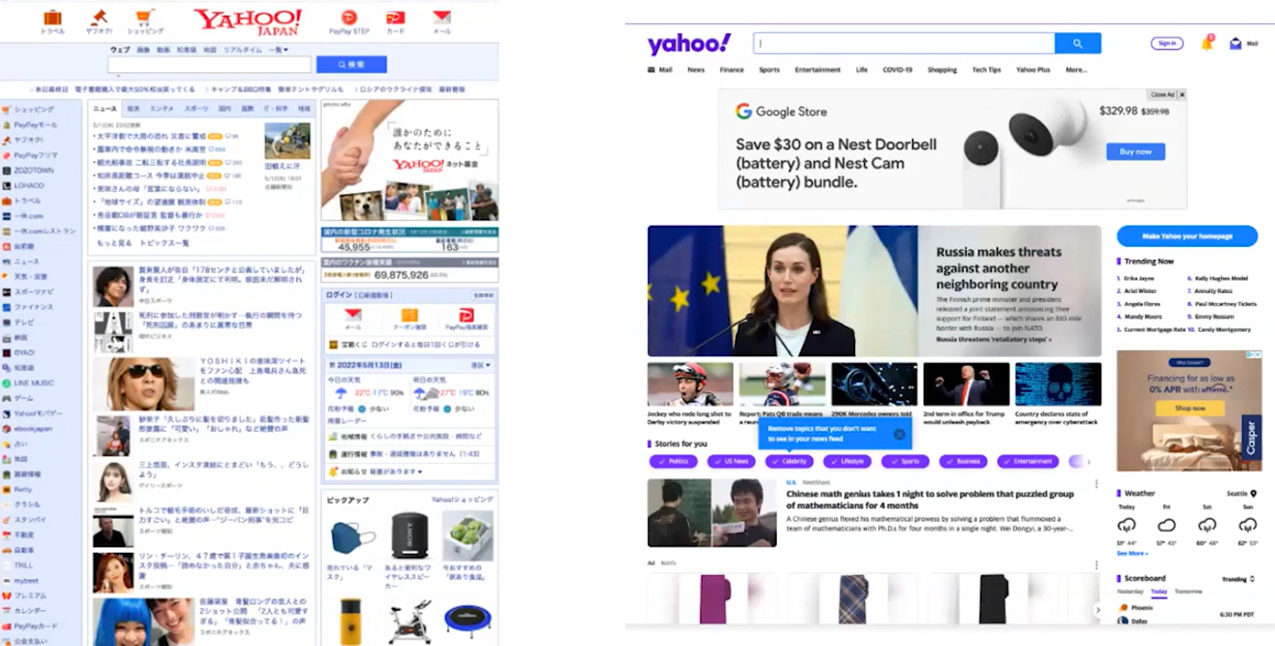As professional translators, most of us know by now that words don’t always tell the whole story, especially online. In digital media, content isn’t just written or spoken – it’s visual, interactive, and highly contextual. A meme isn’t funny just because of the caption. A brand slogan isn’t persuasive just because the grammar checks out. And a line in a cartoon doesn’t land unless the tone, culture, and context match.
Welcome to the world of multimodal localisation – where meaning lives not just in language, but in images, sound, layout, gestures, humour, and user expectations. And where a “faithful” translation can sometimes do more harm than good.
Read More













.png)



